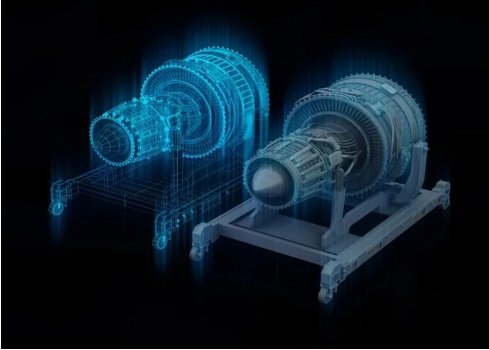In the race to implement AI and digital twin technologies, there are critical questions and processes that enterprises need to consider when evaluating products.
Artificial intelligence, machine learning, and digital twins -- why are we hearing so much about them and why do they suddenly seem critical? The simplest explanation is this: When something is too complex for a human to easily process or there is too little time for a human to make a critical decision, the only choice is to remove the human. That requires the ability to replicate the thought process a human might go through, which requires a lot of data and a deep understanding of the decision environment.
So why now? For decades, we saw huge advancements come primarily from the integration and shrinking of electronics. Smaller products, consuming less power, and offering dramatic increases in functionality per square inch were the hallmarks of technology progress.
Software applications also have evolved over the decades, one of the most notable ways being the dramatic acceleration of the application adoption cycle. In the past two decades alone, users have shifted at alarmingly fast rates from treating applications as novelties, to using them as a convenience, and then to expecting them to work flawlessly all the time. At each adoption stage, a user’s expectation rises, meaning the product must evolve and mature at very fast, scalable rates.
Continue reading: https://www.informationweek.com/big-data/the-genesis-of-artificial-intelligence-and-digital-twins
Artificial intelligence, machine learning, and digital twins -- why are we hearing so much about them and why do they suddenly seem critical? The simplest explanation is this: When something is too complex for a human to easily process or there is too little time for a human to make a critical decision, the only choice is to remove the human. That requires the ability to replicate the thought process a human might go through, which requires a lot of data and a deep understanding of the decision environment.
So why now? For decades, we saw huge advancements come primarily from the integration and shrinking of electronics. Smaller products, consuming less power, and offering dramatic increases in functionality per square inch were the hallmarks of technology progress.
Software applications also have evolved over the decades, one of the most notable ways being the dramatic acceleration of the application adoption cycle. In the past two decades alone, users have shifted at alarmingly fast rates from treating applications as novelties, to using them as a convenience, and then to expecting them to work flawlessly all the time. At each adoption stage, a user’s expectation rises, meaning the product must evolve and mature at very fast, scalable rates.
Continue reading: https://www.informationweek.com/big-data/the-genesis-of-artificial-intelligence-and-digital-twins

